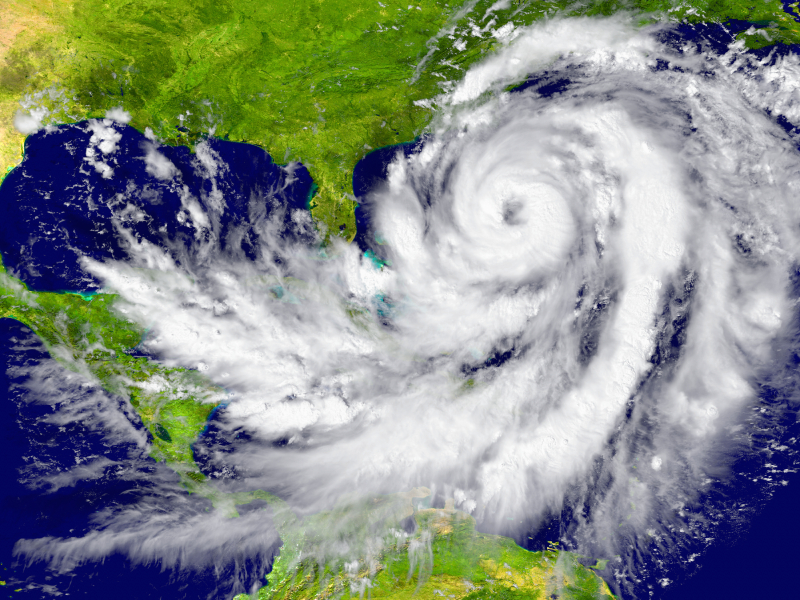
|
The north Atlantic hurricane season runs from June 1 to November 30, peaking during late August and September. So if you’re along the Atlantic coast and you’re not prepared for a hurricane, now is a perfect time to get ready.
Hazard Identification
Hurricanes pose wind and flood hazards. How great is your business’ risk from a hurricane? FEMA recommends that you:
- Learn the elevation level of your property and whether the land is flood-prone. This will help you know how your property will be affected when storm surges or tidal flooding are forecasted.
- Identify levees and dams in your area, and determine whether they pose a hazard to you.
You won’t want to miss this free webinar coming September 16th! Beyond Compliance—Strengthening Safety through Human Factors and BBS. Register today!
Preparing Your Business for a Hurricane
Hurricane evacuations tend to be regional: workers may have to travel more than a hundred miles inland, and stay for several days. Make sure that you know your community’s hurricane evacuation routes and how to find higher ground. Determine where you would go and how you would get there if you needed to evacuate.
Before you go, you’ll want to secure your property:
- Tape does not prevent windows from breaking. You can protect windows by:
- Closing permanent storm shutters;
- Covering all windows with 5/8” exterior grade or marine plywood, which is cut to fit and ready to install; and
- Installing laminated glass with impact-resistant glazing.
- Fasten your roof securely to the frame structure with straps or clips. This will reduce roof damage.
- Keep trees and shrubs well-trimmed so they are more wind-resistant.
Any solid safety program must have all the basic elements of compliance in place. But employees still get injured even after companies meet mandatory requirements because of the human factors in safety that can’t be controlled fully by engineering and management systems alone. Want to learn more? Register for this free webinar on Strengthen Safety coming September 16th! Join today!
- Clear loose and clogged rain gutters and downspouts.
- Reinforce overhead and roll-up doors; if wind enters through these openings it can cause dangerous and expensive structural damage.
- Plan to bring in all outdoor furniture, decorations, garbage cans, and anything else that is not tied down.
If you plan to stay through the hurricane, you’ll want supplies like food, blankets, water, and batteries. You might want to consider building a safe room and installing a generator. In a high-rise building, when high winds are present, be prepared to take shelter on a lower floor because wind conditions increase with height. In these conditions, be sure to take shelter in a small interior room without windows. If flooding may occur, be prepared to take shelter on a higher floor safely above the flooding and wave effects.
Tomorrow, we’ll look at a disaster that can occur as a result of other disasters or on its own: power outages.
